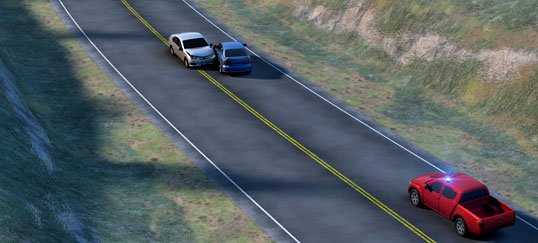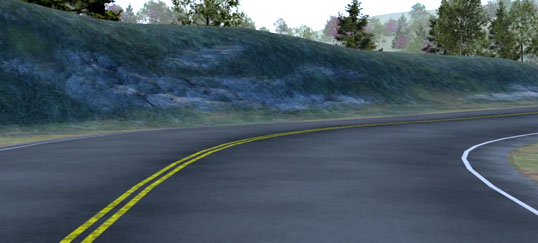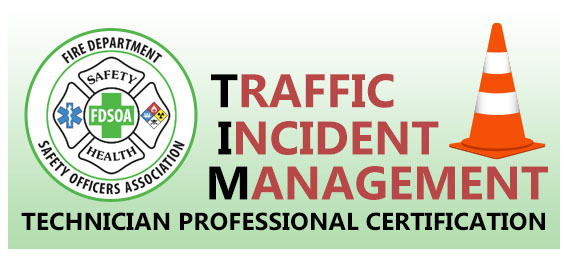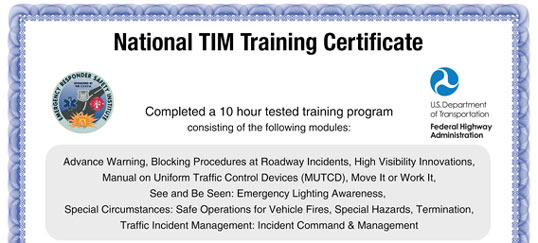Traffic Incident Management on Rural Roads
Credit Hours:
1
Approximate reading time:
0.5 Hours
Approximate online time:
0 Hours



Program Abstract
Many of the best practices taught in traffic incident management training, such as lane +1 and diagonal blocking, can be challenging or impossible to implement on rural roads. Yet, roads that are not limited access highways or interstates are the majority of road miles in the US; of 4.09 million miles of road in the US, only 47,432 of those miles are interstates (1%) and only another 175,514 miles of major roads are in the National Highway System. Local governments are responsible for maintaining 3.17 million miles of road (77.5%). One-third of all road miles are unpaved gravel or dirt. These statistics show that traffic incident management training should be expanded to specifically address situations commonly found on the millions of miles of rural roads in the U.S.1
This program applies traffic incident management principles directly to the rural roads context using a two lane road as the example. The program highlights how fundamental TIM principles can be implemented on rural roads, including preplanning, communications, PPE, scene assessment, communications, advance warning, blocking and safe parking, traffic control, and termination.
This program presents information on how to tailor some roadway response best practices to the characteristics of rural roads. Prior to viewing this program, ensure that you have a strong understanding of these basic best practices by reviewing the following Respondersafety Learning Network programs first:





















































